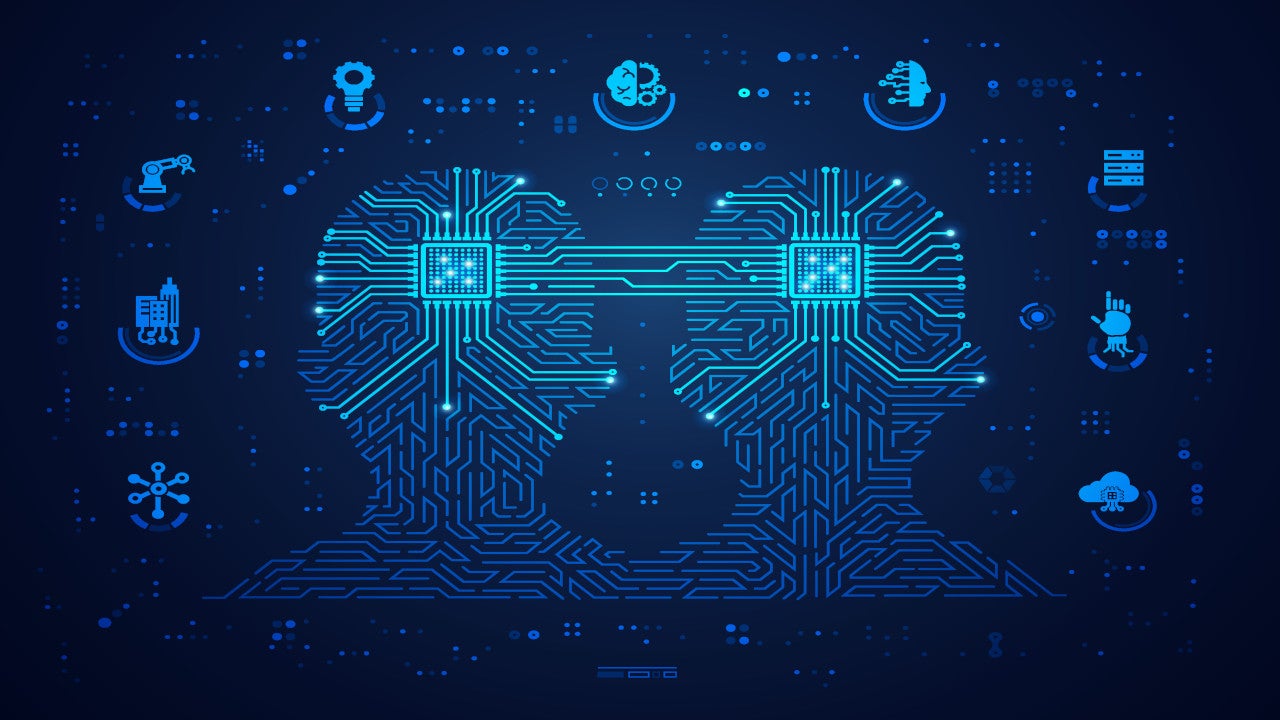Jumping on the metaverse bandwagon has become an easy marketing move for tech companies, however, building on a relationship between Siemens and NVIDIA, and a mutual interest in digital twins, there is the prospect of the industrial metaverse.
The partnership, sealed this week at a launch in Munich between Siemens leader Roland Busch and Nvidia founder and CEO Jensen Huang, offers the prospect of a connection between two platforms: Siemens’ Xcelerator business platform and Nvidia’s Omniverse 3D collaboration and simulation platform.
Announcements like this sometimes tend towards hyperbole, and in the cold light of day six months on, it quickly becomes clear that what was claimed was never realistic. There is less risk of that here. Siemens and Nvidia are grounded enough to realize that a partnership that relies on digital twins is probably starting from a good place.
The real-world tool that solves big problems
Digital twins have taken off in the last three years to become one of technology’s success stories. At its core, it is a real-world tool that has the capability to solve big problems.
Digital twins ingest data and use it to create representations of individual assets or groups of assets, ranging from parts, machines, entire plants, or a whole physical infrastructure. The number and sophistication of applications of twins are already growing. For example, digital twins of the human body will be used to revolutionize healthcare. They are also being adopted to model climate change, with the European Commission working on developing a digital twin of the Earth.
A simple definition is that digital twins are a digital representation or model of a physical thing. More of a multi-solution approach to data management than a single product, twins enable the user to understand an asset’s condition, run simulations and scenarios, and provide a digital snapshot for future maintenance. Twins create a connection, a live bridge, between the physical world and its virtual representation.

US Tariffs are shifting - will you react or anticipate?
Don’t let policy changes catch you off guard. Stay proactive with real-time data and expert analysis.
By GlobalDataThe aim is to create a single version of the truth for an asset, component, or system. For example, manufacturers will typically have a single set of master data for digital twins that resides in a central location and provides them with one version of the truth. Sometimes, the maintenance of a physical asset can change its physical state. For instance, a specific asset might have a replacement part, or a different version of firmware installed, but other similar assets may not have had the same updates. A digital twin platform can provide the exact state for each digital twin, creating a single source of truth.
Digital twins and the metaverse
Quite what digital twins in the metaverse will look like is not completely clear. There is a fair bit of daylight still to find behind the statement that Siemens’ Xcelerator coupled with Nvidia’s Omniverse will deliver an industrial metaverse that connects hardware and software with data from Siemens’ software and solutions.
What does seem a good idea is that services will be offered to customers through Siemens’s software as a service (SaaS) subscription model, making it more affordable for small and medium-sized companies to adopt. With Siemens and Nvidia making their metaverse plans known, it will be worth watching industrial and digital twins specialists like GE, Dassault Systems, PTC, Bentley Systems, Microsoft, ABB, and Schneider Electric to see just how their metaverse plans are developing. Watch this space.








